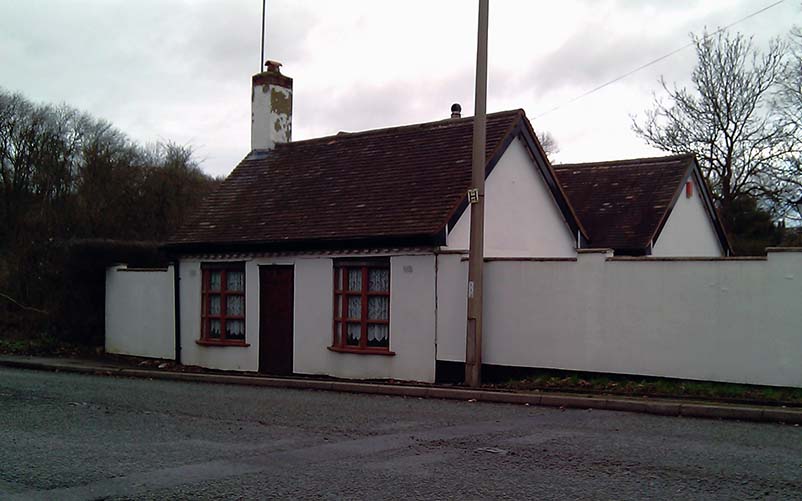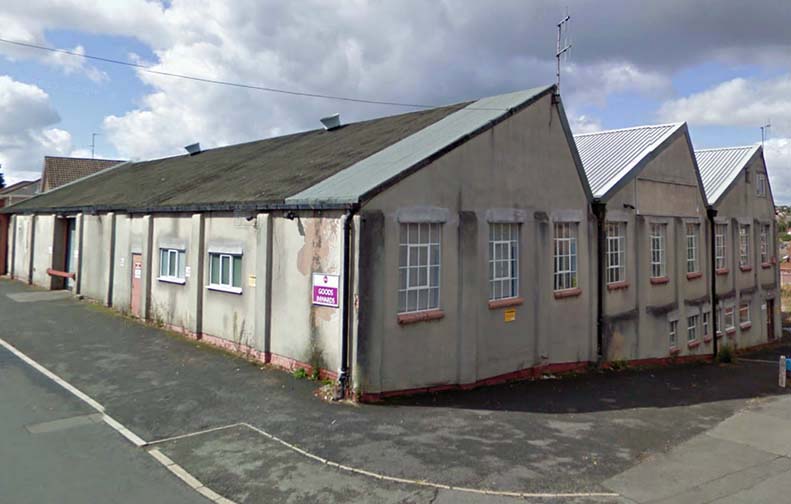
|

|
|
|
Landmarks ~
Churches ~
Pubs ~
Shops ~
Amenities ~
Dwellings ~
Events ~
Schools ~
Sports
Industrial ~ Transport ~ Folklore ~ Families
~ History ~
Old Maps
~ Aerial View 1962
~ Streets
~ Places
~ Typhoid Epidemic
~ Nailers
~ Snips
Census Enumeration ~ Bounds ~ Biblio ~ Sources
Not much is documented about medieval Gornal or even if it existed, only a brief summary is give here,
the site is evolved with modern history of the area since the industrial revolution.
The area did not expand to anything more than a few primitive dwellings in medieval times,
the real expansion in population didn't start until the mid-18th century up until the local resources of coal, clay and iron ore
attracted the attention of the industrialists .
Nearby Barrow Hill was an ancient burial ground, (referred to locally as 'Barry Bonk'),
on the near side across a small valley an early settlement existed on Coopers Bank, near Coopers Bank Farm.
 A section of a road map from Bowle's Travel Directory of 1782
which was probably based on an earlier map.
A section of a road map from Bowle's Travel Directory of 1782
which was probably based on an earlier map.
This shows the old drover (Himley) road from Dudley heading west towards mid-wales. The coal pits around the Gornal and Pensnett area are shown, and 'Garnet-Hall' - was this a misinterpretation of 'Gornal'?
The origins of the name Gornal is open to some conjecture, but almost certainly comes from the Anglo-Saxon.
Although another suggestion is that the name may pre-date the Roman occupation, a derivative of the Celtic tribal name Cornovii who lived principally along the Welsh Borders, Shropshire and Staffordshire. Various spellings have been noted previous to the 19th Century, including:- Goronhale; Gournal; Guarnall; Guarnell; Gwernall; Gwarnell; Gwornall; Gwornold. 'Gwynel' meaning two mills is a good possibility, although it is unlikely that windmills existed in those times, and the topography isn't suitable for large watermills, this could well refer to hand mills which were used extensively for grinding corn since Roman times, either way it seems likely that the name originates from mills of one kind or another and the local stone was particularly suitable.
On a 14th century map, the Upper Gornal district was called 'Sheepcotewall', a sheep cote being an enclosure for sheep.
Whereas 'Gwernell' marked on the same 14th century map was an early spelling of the area we know as Gornal.
On an 18th century map, 'Over Gornal' now determined the area of Upper Gornal.
Lower Gornal was named 'Lower Gournal', at that time Gornal Wood was also labeled and was exactly that, a wooded area. Nether [Lower] Gornal was also used frequently as a place name up until the 19th Century
The early part of the nineteenth century, the dwellings in Lower Gornal
mainly extended from the Five Ways junction and along Ruiton Street as far as
Holloway Street, with a few other dwellings scattered.
Clearly set out on a Tithe map dated 1832, the 'Five Ways' was only a four way junction at that time, as Robert Street was non-existent, the road leading from Upper Gornal at the Green Dragon Inn runs via Jews Lane and Deepdale meeting with Humphries Street or Graveyard Road, and the upper route, through Ruiton and down Holloway and Ruiton Street to the junction.
Gornal Wood had only a small population, Himley Road which was an old drover road from Mid-Wales saw some of the
shepherds settle in Gornal.
Shown on a Tithe map of 1844, Gornal Wood had now a myriad of tracks and passageways betwixt crofts and dwellings, and the present road structure is starting to emerge between the Himley Road and what was to become Louise Street. There was mention of Gornal Wood 'Common' in the 1820's where possibly sheep could stop and graze before they headed on towards the market towns in the central areas of the Midlands, some of the Welsh surnames became apparent in the district from this time, typically Jones and Davies.
The industrial revolution into the nineteenth century changed the Gornals from a farming community to that of iron ore and coal mines.
The local population thereafter were employed in these trades in one way or another up until recent times.
Until the 19th century, when the Gornals -often spelled Gornall, attained parish status, it was part of the Sedgley Manor.
Lower Gornal gained ecclesiastical parish status on 13 March 1832 and Upper Gornal on 16 April 1844. Sedgley Manor comprised of nine villages; Sedgley, Gospel End, Cotwall End, Upper Gornal, Lower Gornal, Woodsetton, Coseley, Brierley and Ettingshall.
Published in the Staffordshire Advertiser in 1850, a series called "The Towns of South Staffordshire",
where an outsider expresses his opinion of Gornal folk.
The Gornals, especially Lower Gornal, are inhabited by a nomadic race, who periodically
migrate in large numbers, accompanied by troupes of asses panniered with sacks of Gornal
sand, surmounted often by a heap of heather brooms, for sale in the surrounding communities.
These people's vernacular views of English are often eccentric, and equally embarrassing
to native or foreigner. Their costume ordinarily indicates a system of aesthetics singularly
exempt. They are not Gipsies, only because they are "Gornal Folk."
The population of Lower Gornal in 1901 was 7,112.
By the 20th Century, the once green pastures had been devoured by mining and other activities,
outsiders, who eventually did venture into the area, painted a rather grim picture which was at best comparable to other industrial areas of The Black Country.
Such an account was written by author and playwright J.B. Priestley in his rambling travelogue
of his journey through England in 1933, passing through among other places
The Black Country.
"I remember arriving at the very end of the earth, where the land appeared to have
been uprooted by a giant pig and where there were cottages so small and odd that they
must have been built by gnomes, and this end of the earth was called Gornal,
and there the women returning home from the brickworks, wore caps and shawls.
The shawls were like those that the weavers used to wear in my own town,
but our women had worn their shawls over their heads.
Here, however they wore caps as well, and looked as outlandish as the place they lived in."
'English Journey' by J.B.Priestley, first published in 1934.
~
|
|
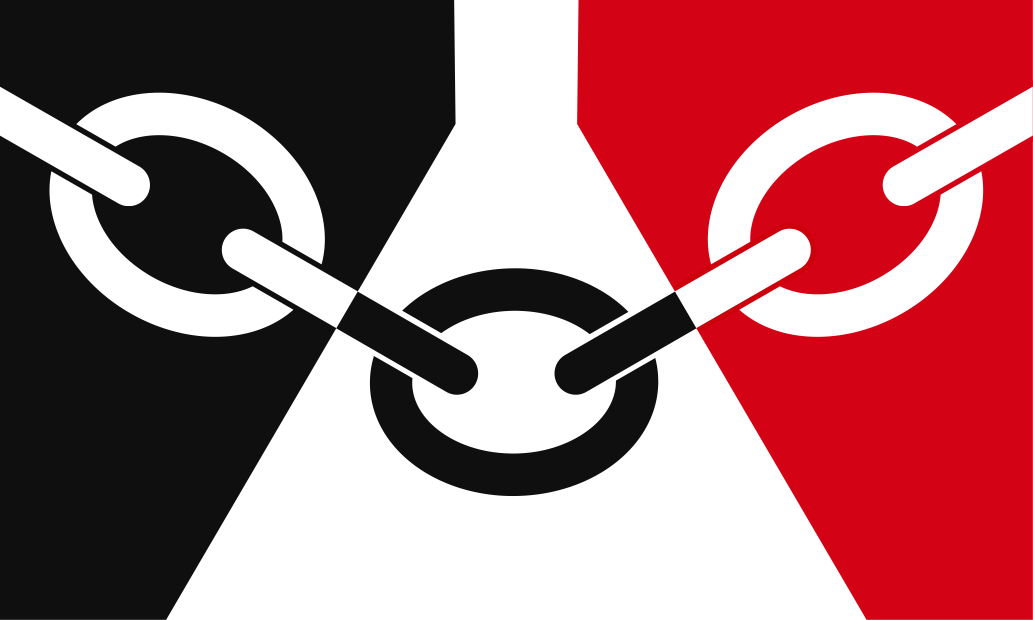
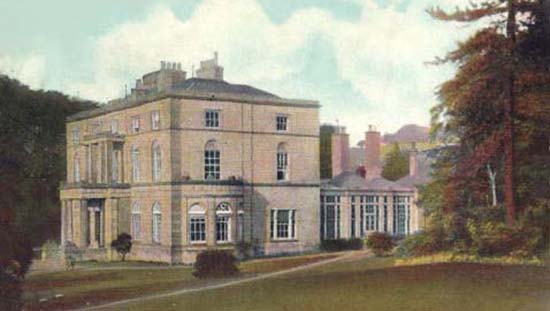
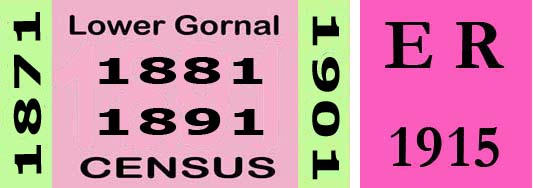 *NEW*
*NEW*

